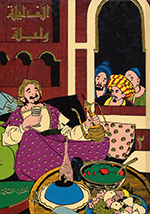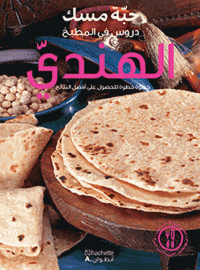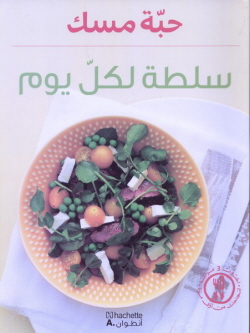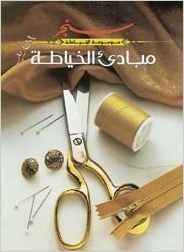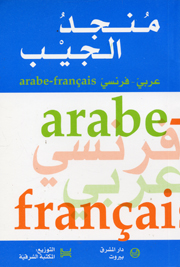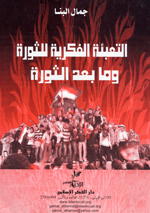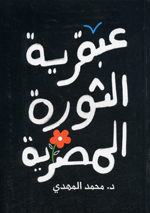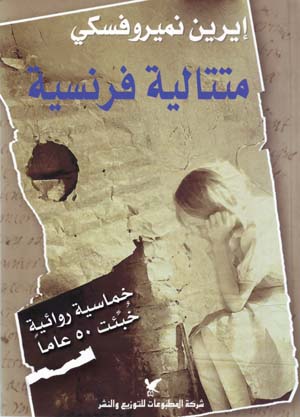الف لیله و لیله (هزار و یک شب) العربية 1981
Alf laylah va laylah (Hizār va yik shab)
132٫23 $
مشاركة
Wishlist
ISBN رقم:
Fer9953020277
الناشر:
Al-Maktaba Al-Thakafiyat
NumberOfVolume:
4
الفئة العمرية:
البالغون
الصفحات:
2050
الوزن:
3140 g
أبعاد المنتج:
17 x 24 x 14٫95 cm
غلاف الكتاب:
غلاف کرتونی
Out of print order:9789953132358
One Thousand and One Nights (Arabic: كتاب ألف ليلة وليلة Kitāb alf laylah wa-laylah) is a collection of West and South Asian stories and folk tales compiled in Arabic during the Islamic Golden Age. It is often known in English as the Arabian Nights, from the first English language edition (1706), which rendered the title as The Arabian Nights' Entertainment.[1]
The work was collected over many centuries by various authors, translators, and scholars across West, Central, South Asia and North Africa. The tales themselves trace their roots back to ancient and medieval Arabic, Persian, Indian, Egyptian and Mesopotamian folklore and literature. In particular, many tales were originally folk stories from the Caliphate era, while others, especially the frame story, are most probably drawn from the Pahlavi Persian work Hazār Afsān (Persian: هزار افسان, lit. A Thousand Tales) which in turn relied partly on Indian elements.[2]
What is common throughout all the editions of the Nights is the initial frame story of the ruler Shahryār (from Persian: شهريار, meaning "king" or "sovereign") and his wife Scheherazade (from Persian: شهرزاد, possibly meaning "of noble lineage"[3]) and the framing device incorporated throughout the tales themselves. The stories proceed from this original tale; some are framed within other tales, while others begin and end of their own accord. Some editions contain only a few hundred nights, while others include 1,001 or more. The bulk of the text is in prose, although verse is occasionally used to express heightened emotion, and for songs and riddles. Most of the poems are single couplets or quatrains, although some are longer.
Some of the stories of The Nights, particularly "Aladdin's Wonderful Lamp", "Ali Baba and the Forty Thieves", and "The Seven Voyages of Sinbad the Sailor", while almost certainly genuine Middle Eastern folk tales, were not part of The Nights in Arabic versions, but were added into the collection by Antoine Galland and other European translators.
more
Out of print order:٩٧٨٩٩٥٣١٣٢٣٥٨
ألف ليلة وليلة عبارة عن كتاب يتضمّن مجموعة من القصص التي وردت في غرب وجنوب آسيا بالإضافة إلى الحكايات الشعبية التي جُمِعت وتُرجمت إلى العربية خلال العصر الذهبي للإسلام. يعرف الكتاب في اللغة الإنجليزية كذلك بمسمى الليالي العربية، منذ أن صدرت النسخة الإنجليزية الأولى منه سنة ١٧٠٦.[٢]
تم جمع العمل على مدى قرون، من قِبل مؤلفين ومترجمين وباحثين من غرب ووسط وجنوب آسيا وشمال أفريقيا. تعود الحكايات إلى القرون القديمة والوسطى لكل من الحضارات العربية والفارسية والهندية والمصرية وبلاد الرافدين. معظم الحكايات كانت في الأساس قصصاً شعبية من عهد الخلافة، والبعض الآخر، وخاصة قصة الإطار، فعلى الأرجح تم استخلاصها من العمل البهلوي الفارسي «ألف خرافة» (بالفارسية: هزار أفسان) والتي بدورها اعتمدت جزئياً على الأدب الهندي.[٣]
ما هو شائع في جميع النُّسخ الخاصة بالليالي هي البادئة، القصة الإطارية عن الحاكم شهريار وزوجته شهرزاد، التي أدرجت في جميع الحكايات. حيث أن القصص تنطلق أساساً من هذه القصة، وبعض القصص مؤطرة داخل حكايات أخرى، في حين تبدأ أخرى وتنتهي من تلقاء نفسها. بعض النُّسخ المطبوعة لا تحتوي سوى على بضع مئات من الليالي، والبعض الآخر يتضمن ألف ليلة وليلة أو أكثر. الجزء الأكبر من النص هو بأسلوب النثر، على الرغم من استخدام أسلوب الشعر أحياناً للتعبير عن العاطفة المتزايدة، وأحياناً تستخدم الأغاني والألغاز. معظم القصائد هي مقاطع مفردة أو رباعيّة، كما أن بعضها يكون أطول من ذلك.
هناك بعض القصص المشهورة التي تحتويها ألف ليلة وليلة، مثل "علاء الدين والمصباح السحري"، "علي بابا والأربعون لصاً"، و "رحلات السندباد البحري السبع"، كما أن هناك بعض الحكايات الشعبية في منطقة الشرق الأوسط التي تعتبر شبه مؤكدة تقريباً، وليست جزءاً من ألف ليلة وليلة الموجودة في الإصدارات العربية، ولكنها أضيفت من قبل المستشرق الفرنسي أنطوان غالان ومترجمين أوروبيين آخرين،[٤] وكان أنطوان غالان قد عمل على ترجمة الكتاب إلى الفرنسية سنة ١٧٠٤
more

